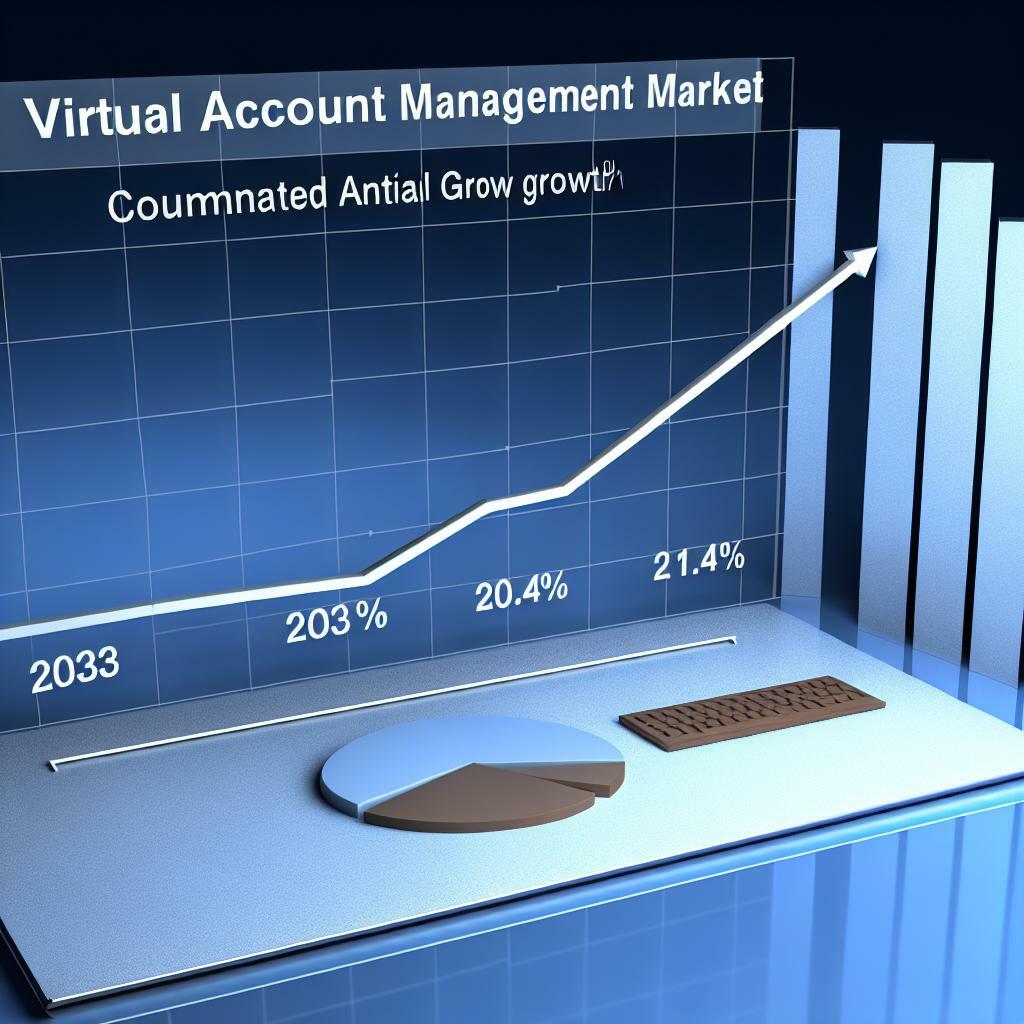
Embedded Finance: Should Banks Overthrow Intermediaries and Reclaim Control?

Banks can capitalize on the growth of virtual accounts to differentiate their offerings, better serve small business clients and boost operational controls and profitability.
This article, originally published in Bank Director, analyzes the promising opportunities offered by Virtual Accounts.
The virtual account management market is projected to experience a compounded annual growth rate (CAGR) of 18.4% between 2023 and 2030. This growth trajectory presents a significant transformation opportunity for banks, as these flexible tools are now poised to revolutionize banking services across various sectors, including small businesses, large corporations and fintech firms.
Because virtual accounts offer a streamlined solution to the growing complexity of customers' financial structure by providing accounting segregation for specific purposes, they have emerged as a crucial tool for banks to meet the evolving needs of their client base. Although they have been around for a while, several factors are propelling them into the spotlight today:
1. Real-Time Payments and Open Banking
The advent of real-time payment infrastructures has created an opportunity for banks to expand their offerings beyond simply enabling instant money transfers. Virtual accounts can serve as an ideal platform for delivering transformative services, such as open application programming interfaces (APIs) or real-time reconciliation, that complement real-time payments and foster deeper ecosystem collaboration.
Banks that can provide APIs for payments and virtual accounts from the same platform are the most successful in building value-added services with real-time payments and incoming and outgoing payments management at a virtual account level.
2. The Growth of Embedded Banking
The explosive growth of fintech companies illustrates the potential of virtual accounts within the embedded finance landscape and the burgeoning demand for advanced and stable payment processing services in the business to business (B2B) and business to consumer (B2C) sectors. For example, Stripe, which offers embedded financial services to vertical platforms like Shopify, surpassed $1 trillion in total payments volume last year.
Embedded banking presents opportunities to banks to generate fee income and scale their digital distribution channels. Recent compliance concerns involving embedded finance through banking as a service (BaaS) have prompted some banks to bring the management of partner accounting relationships in-house. Providing virtual accounts can give banks greater control over these critical partnerships.
3. The Need for Unique Corporate Banking Solutions
Corporate clients often grapple with the complexity of managing multiple banking relationships and ensuring real-time visibility into their cash flows. Providing account segregation capabilities and real-time reconciliation features through virtual accounts can help banks of all sizes distinguish themselves from larger competitors.
1. Offering Multi-Currency Virtual Accounts to Attract SMBs
Research conducted by Javelin highlights the preference of many small- and medium-sized businesses (SMBs) to work with regional or community banks because of their personalized service. However, as banks navigate this opportunity, they face stiff competition from disruptive fintech players that offer innovative, cross-border payment solutions to SMBs. Banks can find growth by tailoring their solutions, like multi-currency virtual accounts, to assist the global expansion of SMBs.
2. Addressing Accounting Needs of Corporate Customers
Many corporations use multiple demand deposit accounts to handle different business divisions or subsidiaries. When managing cash, they often pool or sweep funds to streamline cash management. Corporate banks are meeting these needs by offering configurable virtual accounts with automatic sweeping that allow corporate clients to enhance their cash management efficiency.
3. Pre-Wiring Ecosystems Through Embedded Fintech as a Service
Embedded fintech as a service involves integrating financial services directly into enterprise resource planning (ERP) or other enterprise systems. Major banks such as JPMorgan Chase & Co. and Citigroup collaborate with industry partners to provide their financial services through commonly used ERP systems, minimizing integration efforts for corporate customers.
4. Supporting Large B2B Platforms With Embedded Financial Services
Large B2B platforms are increasingly embedding financial services for their business customers. These platforms offer financing and other services directly, bypassing the need for traditional financial institutions. Banks can capitalize on this trend by managing payments and accounts for these platforms, leveraging their ability to provide APIs for payments, accounts, deposits and foreign exchange from a single platform. Virtual accounts help segregate the transactions of the platform customers in turn.
5. Providing Ledger as a Service to Fintech Partnerships
Many banks are now providing virtual, ledger-backed accounts to handle fintech customer accounts, bypassing BaaS layers. This can boost banks' profitability and foster stronger fintech partnerships, while providing banks with greater control and visibility.
As banking continues to transform, virtual accounts will be a crucial differentiator for financial institutions seeking to thrive in a connected, embedded and real-time economy. Banks that can leverage their own sidecar core platforms to offer virtual accounts and comprehensively support the money movement needs from all their channels can boost their operational controls and profitability in the embedded economy.
Download the report from Datos Insights to learn how financial institutions can grow revenue with virtual accounts.
About the author: Suja Ramakrishnan, is the VP of Marketing at Finzly.
